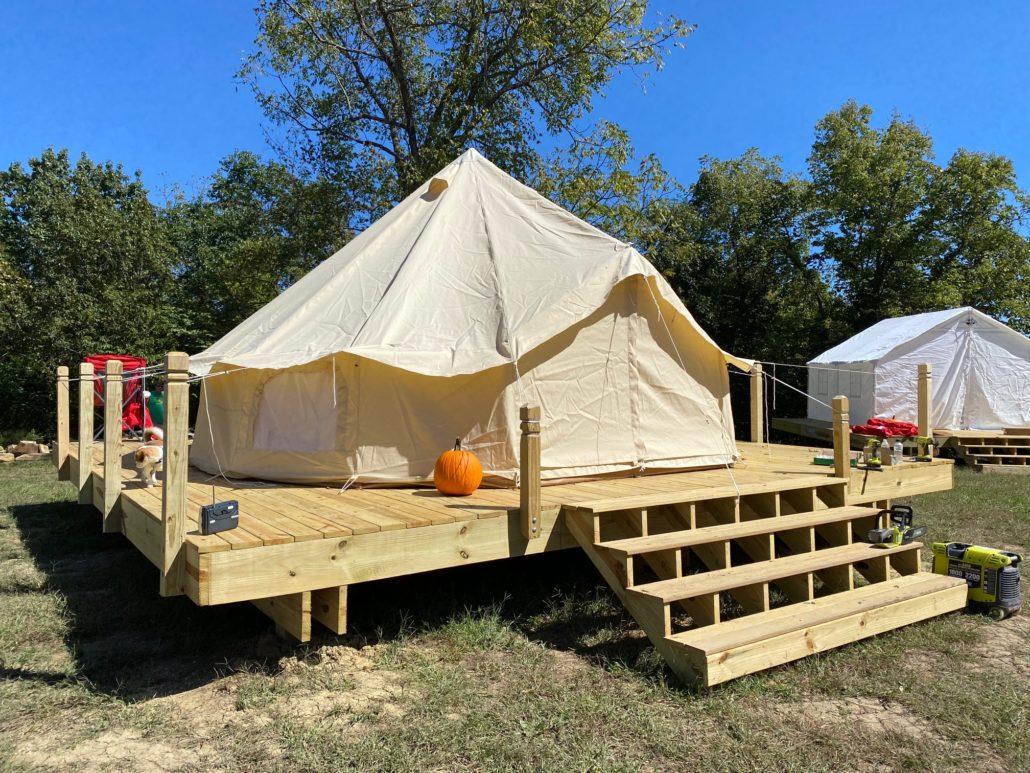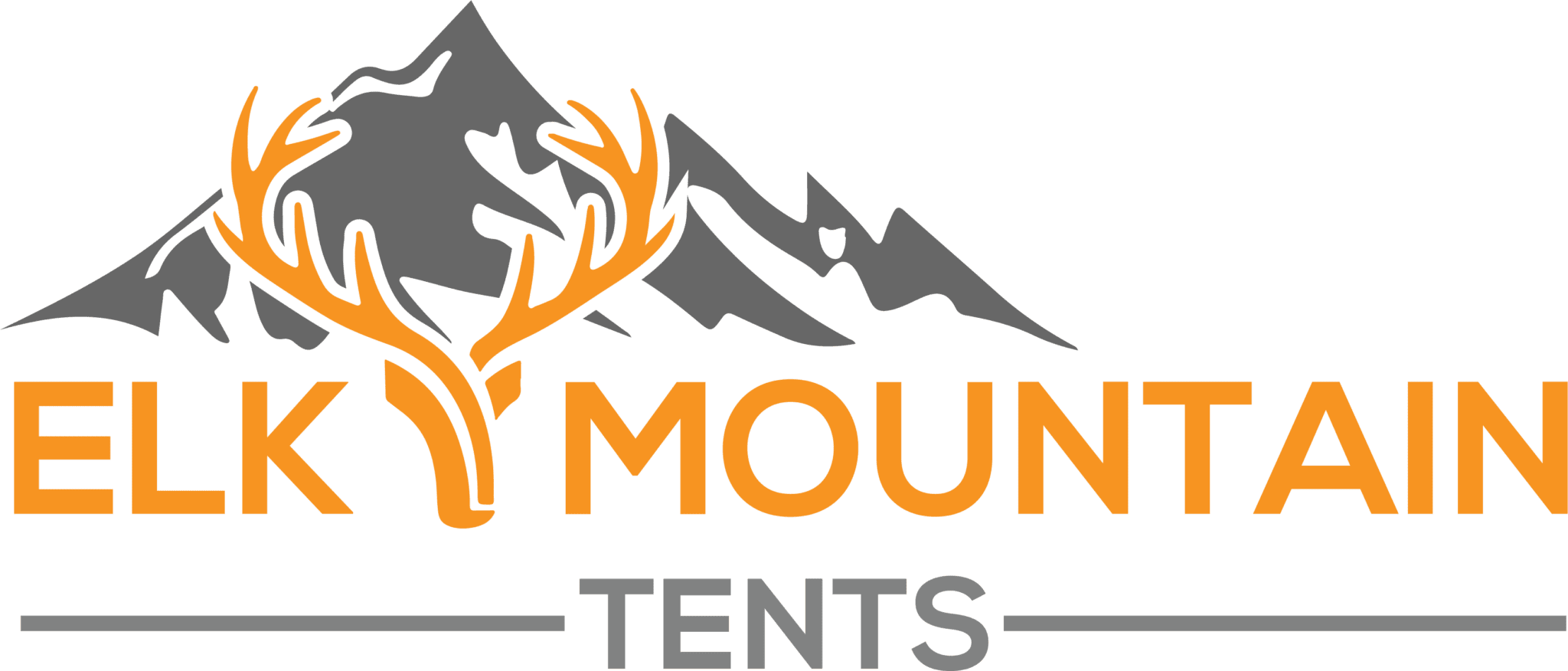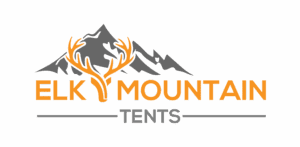How to Choose the Right Canvas Tent: Tips and Recommendations
Canvas tents have been a favorite among outdoor enthusiasts for centuries. These tents are made of durable materials, and they can withstand harsh weather conditions. They provide a comfortable and spacious shelter for camping, hunting, and other outdoor activities. If you are planning to buy a canvas tent, you need to consider several factors to make an informed decision. In this article, we will provide you with tips on how to choose the right canvas tent for you.
Tip 1: Determine the Purpose of the Tent
The first step in choosing a canvas tent is to determine its purpose. Canvas tents come in different sizes and styles, and they are designed for specific purposes. For starters, if you need to pack your tent in by yourself (i.e. no four-wheeler or horse), then a canvas tent is not the right fit for you. Is this for a bunch of scouts, a group of hunting buddies and their gear, just your little family? Start by imaginging the ways in which you will use it.
Tip 2: Consider the Tent Size
The size of the tent is the next most important factor to consider. You need to ensure that the tent is spacious enough to accommodate all your gear and equipment. If you are planning to camp with your family or a group of friends, you should opt for a large tent that can comfortably accommodate everyone. Similarly, if you want a wood stove inside the tent, you’re gonna want 3 ft of clearance in every direction from the stove. For a thorough breakdown, check out this article on sleeping capacity.
Tip 3: Look for High-Quality Materials
Now that you know your size, next is the materials themselves.
Canvas tents come in three primary materials: cotton, polyester, and cotton-poly blend. Some people swear by the breathability of cotton but it really depends on how the polyester fibers are woven. In other words, a polyester tent can be just as breathable and insulating as a cotton canvas tent depending on who makes the tent and what their process is, so if you’re going polyester, be sure to ask about breathability. The main advantage of polyester is that it cannot rot since it is synthetic. Sure, mold can grow on the surface but it can’t eat the synthetic fibers.
Now, if only it were as simple as choose cotton, poly, or blend! You also need to consider the thickness of the canvas. Canvas is a little weird in that when discussing its thickness the common practice is to instead provide the weight in oz per square yard. 8 oz is considered very thin/light, 10 oz is the industry standard, 12 oz is considered heavy-duty, and in some cases you may see as high as 14 or 16 oz. This numbers are a good starting point for understanding the material. I would say 8 oz is good for temporary events, 10 oz is good for camping, 12 oz is ideal for hunting, and anything higher than that is for personal preference (but it starts to get difficult to assemble the tent).
That said, weight alone won’t tell you how strong the tent fabric is since how the fabric is woven together also matters. Ask the tent manufacturer for the fabric’s break and tear strength. Break strength measures the force needed to completely break the canvas, while tear strength measures the force required to continue tearing it from an initial cut. Additionally, each of these should come with two figures: one for the warp direction and one for the fill direction. In other words, one company’s 10 oz may be as strong as another company’s 12 oz. Do not purchase a canvas tent from a company unwilling to share this data.
Other aspects of the tent’s construction, such as the quality of the zippers, are harder to judge without seeing it in person, so I recommend reading online reviews.
Tip 4: Consider the Tent Style
Canvas tents come in different styles. Each style has its advantages and disadvantages, and you need to choose the one that suits your needs. Circular tents, such as the bell tent are generally easier to set up. They can be incredibly spacious with only two downsides: 1) The side walls are generally lower compared to wall tents. The industry standard for bell tent side walls is 1-2 ft but Elk Mountain Tents has 3 ft side walls. 2) Depending on how you arrange your gear, round tents can create unusable space. For example, imagine a rectangular cot against a curved wall. The larger your bell tent the less this is an issue.

Tip 5: Check the Tent Features
Canvas wall tents come with different features, such as stove jacks, windows, doors, vents, and angle kits. Look for a tent with features that suit your needs.
The frustrating thing is that most canvas tent companies boast their low prices but don’t openly broadcast that all of the extra features are additional. It’s not uncommon to see a tent go from $1000 to almost $2,000 simply becaue you wanted some windows, screen on the door, and a stove jack. So, consider what you want and then see which of the desired features come included in the base price.
Why Elk Mountain Tents?
There are lots of great canvas tent companies, here’s why you should go with Elk Mountain Tents:
- They only carry a few models so they can keep the prices low and include more standard features.
- Their polyester canvas only weighs 11 oz but has a break and tear strength comparable to 13 oz canvas.
- Most canvas tent companies do custom orders and take months. Elk Mountain Tents can ship yours today.
But what if you insist on cotton canvas? Shop local if you can, and if you can’t, then go with Davis Tent. Those guys are fantastic.






